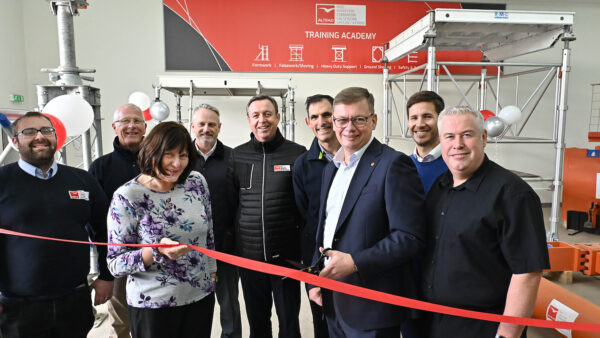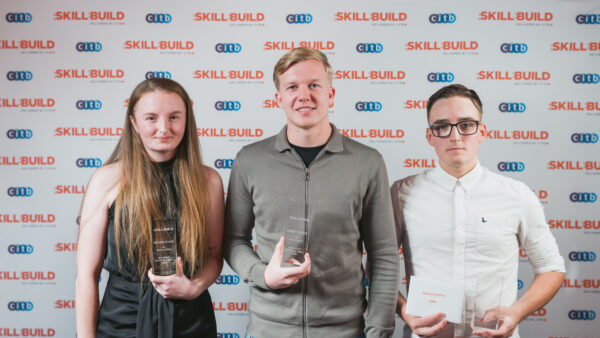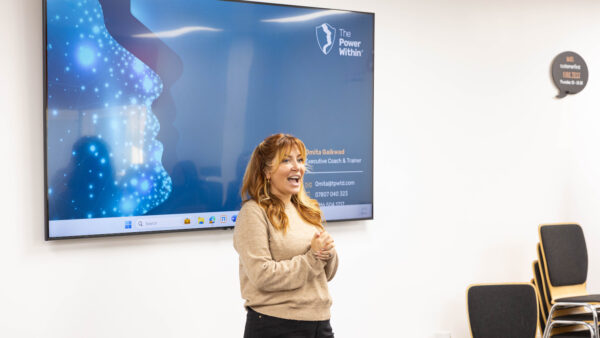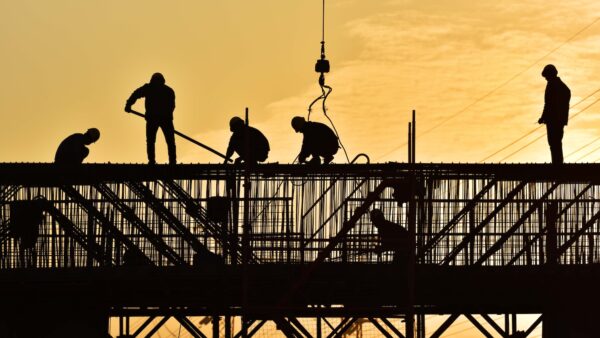Building pathology specialist Michael Parrett tells u003cemu003eCIOB Peopleu003c/emu003e how “antediluvian approaches” are preventing industry professionals from eradicating damp and mould in housing
The tragic and avoidable death of two-year-old Awaab Ishak in 2020 due to mould in his home cast a stark spotlight on the serious health risks that damp and mould pose.
Professor Michael Parrett FCIOB, founder of Michael Parrett Associates, refers to the “absolute tragedy” as typifying a common failure in the diagnosis of and response to dampness in buildings.
Having worked in the built environment sector for the past five decades, he has vast first-hand experience of the alarming scale of the issue across the UK’s housing stock.
A major concern for Parrett is what he describes as an “overreliance on commercial companies for diagnosis and remediation”.
“These companies are largely set to treat the symptoms rather than the underlying cause and source of the problem,” he says.
“You can liken this to the medical profession – if you visit your GP with a pain between your shoulder blades, you would expect them to do a medical examination and basic triage.
“However, you would not expect your doctor to send you to a pharmaceutical company for the next stage of treatment. So, why do we have that process happening in our profession?” he asks.
Hippocratic Oath
To address this issue, Parrett is developing a “Hippocratic Oath” for the built environment sector. The oath would dovetail into Awaab’s Law, which was introduced to tackle damp and mould in social housing following the toddler’s death.
“In my years of experience in the sector, I have found that dampness in buildings is, at best, misdiagnosed and, at worst, completely misunderstood,” he says.
Dampness in buildings is, at best, misdiagnosed and, at worst, completely misunderstood. And that is largely due to the overreliance on commercially driven diagnosis, which should have no place in the dampness diagnosis equation
“And that is largely due to the overreliance on commercially driven diagnosis, which should have no place in the dampness diagnosis equation.
“A new national assessment methodology is needed to help train surveyors and technicians in how to pathologically examine a building and accurately determine the cause and the source of dampness and mould.
“The focus should not be merely on the identification of the symptoms, which, frankly, anyone could do.”
He adds that detailed examination of buildings should be independent of any “commercial interference”.
“I have produced, in cooperation with Baily Garner, a toolkit that includes a flowchart outlining how we should pathologically examine a building by using a range of invasive tests.
“These tests should be undertaken at the outset of an examination, not when there’s an argument over a guarantee.”
Parrett hopes the new toolkit will go a long way to preventing future deaths caused by exposure to damp and mould.
“That’s why I came into public housing – to help provide decent, dry homes for people and to avoid causing illness and tragic death,” he says.
Knowledge and experience
While the toolkit provides a framework for examinations, Parrett insists that building professionals’ knowledge is the most important tool in their arsenal, particularly in relation to issues caused by retrofitting.
He says: “How many people are aware of the different archetypes of buildings, from the Georgian period through to the present day? Do they understand the fundamental defects and issues in those buildings which can contribute to dampness within them?
“Often, we’re retrofitting these older buildings where we’re pandering, quite rightly, to climate change.
“However, in trying to reduce the amount of fossil fuel we burn by better retaining heat, we’re also hermetically sealing these different genres of buildings with defects in them, resulting in retained moisture and inevitably mould growth.
“This is the starting point, the fundamental conundrum that is often not understood. Is the problem of contributory dampness from either building construction and design? Or is it due to a building defect, specific aspects of use and occupation or any combination of those issues?”
Measuring the source of dampness
Untying that “technical knot” is where Parrett’s new methodology comes in.
“At the heart of the methodology is how we properly measure to tangibly identify where the dampness is coming from, rather than using sight, smell and touch and the overreliance on the sole use of electrical moisture meters,” he says.
“Measurement and knowledge are fundamental to the methodology. And, of course, experience – that’s what makes you an expert. Unfortunately, a lot of that is lacking across the sector.”
As part of this work, Parrett has developed a training course that he hopes will help to “stop the rot”, both metaphorically and literally.
“We need to stop the antediluvian approaches across the profession and, by doing so, actually stop the damp and mould in buildings,” he says.
In trying to reduce the amount of fossil fuel we burn by better retaining heat, we’re also hermetically sealing different genres of buildings with defects in them, resulting in retained moisture and inevitably mould growth
“Raising awareness of these issues across the whole spectrum of built environment professionals is so important.
“There is considerable knowledge out there, but that best practice needs to be shared and implemented.”
Parrett notes that correct diagnosis can also help to support the sustainability of buildings.
“We hear a lot of buzz words and phrases, like ‘chop a tree, plant a tree’, when it comes to sustainability. However, I have never heard anyone say that correct diagnosis is a highly sustainable process.
“Undertaken correctly and independently, diagnosis leads to being able to target the correct remediation.
“There is nothing more sustainable in the existing built environment than getting the diagnosis right, which cuts out waste by targeting the most effective and appropriate remediation. It’s the carpenter’s maxim of measure twice and cut once!”
Find details of the Building Pathology Training Programme here
For more information, read Michael Parrett’s book Building Defects and Your Health. All proceeds go to Young Lives vs Cancer









